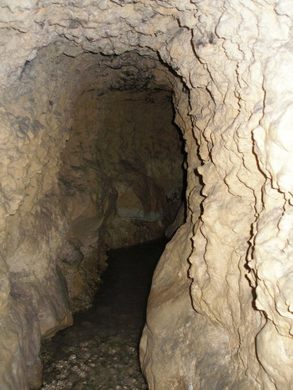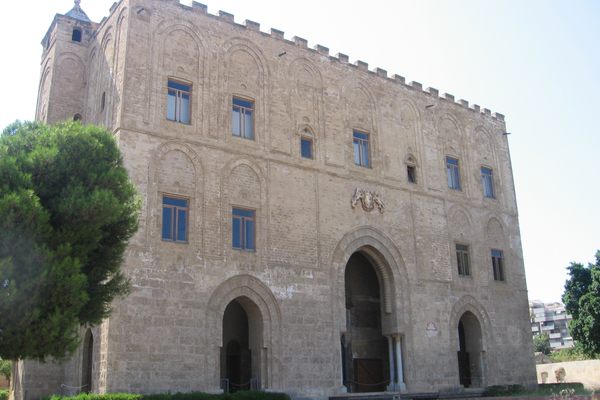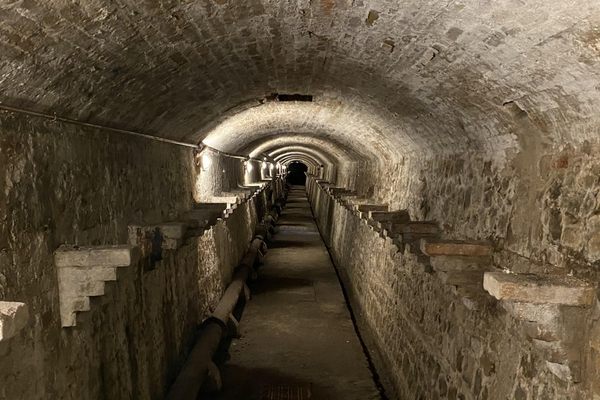AO Edited
Qanat di Palermo
A network of underground water channels that dates back to the Middle Ages.
Because of its geographical position, the Sicilian city of Palermo experiences Sirocco’s wind, a warm wind coming from Sahara which causes dusty dry conditions. From an early age, maintaining water supplies and finding relief from the heat were the primary needs of the Sicilian inhabitants in the summer. Luckily, the ancient city is equipped with some innovative infrastructure.
From 831 to 1072, Palermo was under Arab rule during the Emirate of Sicily. During this period, many of the city’s most distinctive features emerged, from culture and cuisine to architecture and engineering. One of those features is Palermo’s qanats, underground aqueducts originally developed in ancient Iran. (In Arabic, this type of channel is more often called a kariz.)
Qanats are an engineering solution to store water and to conduct it up to the surface, a smart trick that allowed for lush gardens in a warm region. Workers from Persia were called to project and dig the sloped channels, which moved water from an aquifer into the city. The qanats were built over a long period dating from the period of Arab rule to the end of Norman rule.
Today, a large network of channels remains, located mainly beneath the Calatafimi Street area. Before reaching the channels, the water is filtered from porous limestone (making it safe to drink). The modern aqueducts take advantage of the ancient water main (well, often ancient solutions are still functional after centuries, ancient engineers lacked the concept of planned obsolescence).
Know Before You Go
Nowadays, you can visit the channel (reservation is required). Cave guides will provide a helmet and a light, but it is recommended to have a change of clothes (water level can reach a depth of up to one meter)
















Follow us on Twitter to get the latest on the world's hidden wonders.
Like us on Facebook to get the latest on the world's hidden wonders.
Follow us on Twitter Like us on Facebook